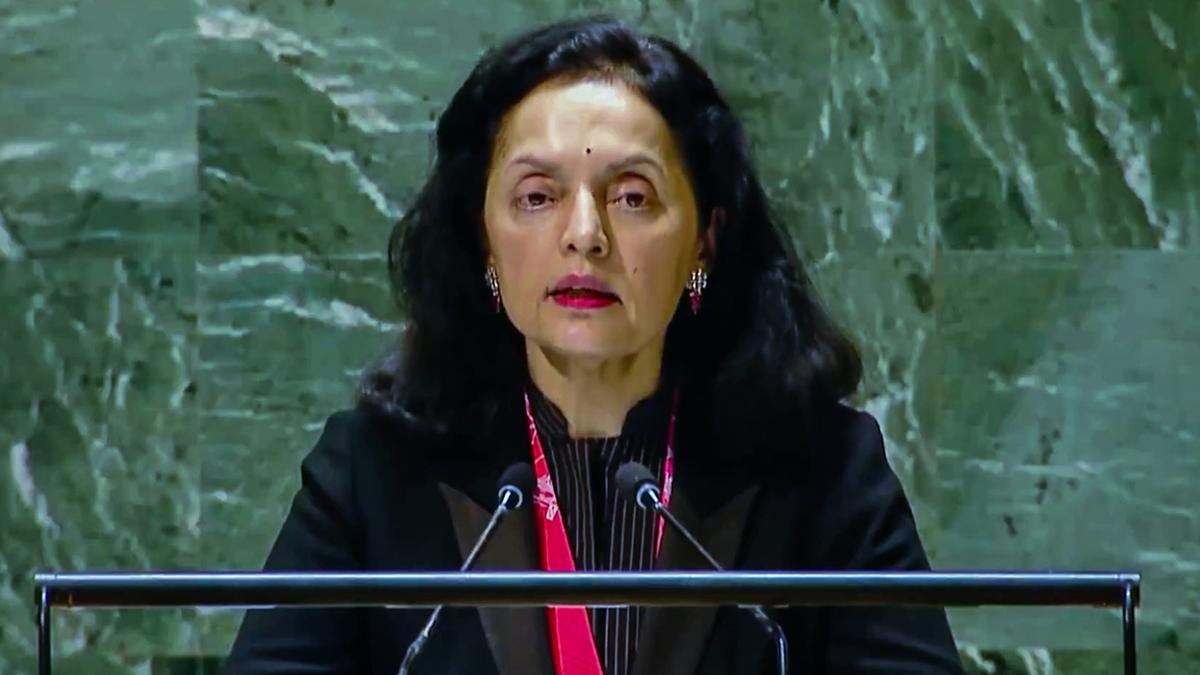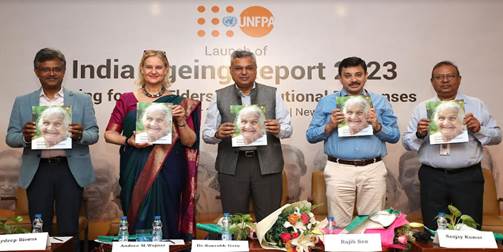In the wake of mounting concerns over India’s escalating health crisis, the recent unveiling of the Dietary Guidelines for Citizens by the Indian Council of Medical Research-National Institute of Nutrition (ICMR-NIN) comes as a timely intervention
 KRC TIMES Desk
KRC TIMES Desk

In the wake of mounting concerns over India’s escalating health crisis, the recent unveiling of the Dietary Guidelines for Citizens by the Indian Council of Medical Research-National Institute of Nutrition (ICMR-NIN) comes as a timely intervention. With a staggering 56.4 percent of the nation’s disease burden attributed to unhealthy dietary practices, the imperative for transformative action in the approach to nutrition has never been more apparent. The significance of this unveiling lies not only in its revelation of the dire state of public health but also in its prescription for a comprehensive overhaul of dietary habits. The primary guideline is the admonition against the consumption of packaged foods laden with excessive amounts of oil, salt, sugar, and artificial additives. Such foods, which have proliferated in recent years due to their affordability and accessibility, represent a perilous departure from the traditional dietary patterns that have sustained communities’ well-being for generations.
One of the most striking revelations put forth by the guidelines is the correlation between excessive mobile phone usage and obesity-a phenomenon that underscores the multifaceted nature of contemporary health challenges. Inadequate sleep coupled with prolonged screen time not only disrupts our physiological rhythms but also predisposes us to weight gain across all age groups. As people grapple with the pervasive influence of technology in their lives, it becomes important to recalibrate lifestyle choices to mitigate its adverse health consequences. Moreover, the guidelines offer a sobering assessment of the burgeoning rates of obesity, particularly among children, adolescents, and women. The pervasive availability of high-fat, sugary, and salty foods has ushered in an era of nutritional imbalance, exacerbating the prevalence of non-communicable diseases such as coronary heart disease, hypertension, and type 2 diabetes. Addressing this crisis necessitates a concerted effort to promote the consumption of nutrient-rich foods such as fruits, vegetables, legumes, nuts, and fatty fish while eschewing ultra-processed foods that wreak havoc on our metabolic health.
Crucially, the guidelines advocate for a holistic approach to weight management that prioritises gradual, sustainable changes over quick-fix solutions. The emphasis on incorporating physical activity, yoga, and whole grains into daily routines underscores the intrinsic link between nutrition and overall well-being. Yet, the efficacy of these guidelines hinges not only on their dissemination but also on their translation into actionable policies and programs. As the Secretary of the Department of Health Research aptly observes, the real litmus test lies in our ability to make these guidelines relevant and practicable within the socio-cultural context of India. This necessitates a concerted effort to promote food safety, educate consumers on reading food labels, and incentivize the consumption of minimally processed foods in place of their industrially manufactured counterparts. Furthermore, the onus lies not only on individuals but also on policymakers, healthcare providers, and the food industry to effect systemic change. From incentivizing the production and distribution of nutrient-rich foods to implementing regulatory measures that curb the proliferation of unhealthy food products, concerted action across multiple fronts is imperative to effectuate meaningful change. Only through a synergistic approach that mobilises stakeholders across sectors can we hope to reverse the tide of malnutrition and obesity that threatens to engulf our nation.
The unveiling of the Dietary Guidelines for Indians represents a clarion call to action now-a rallying cry for a paradigm shift in our collective approach to nutrition and health. The paramount message conveyed through these guidelines is the Government’s profound concern for its citizens’ health. In the throes of today’s hectic lifestyles, maintaining an unhealthy diet is akin to depleting one’s vitality from both ends. By promulgating these guidelines, the Government has discharged its duty to caution individuals. The onus now rests on the populace to internalise the gravity of the situation and exercise restraint in succumbing to habitual eating patterns. Abiding by the guidelines will pave the way for a healthier existence.
Promotional | 5E for Success






